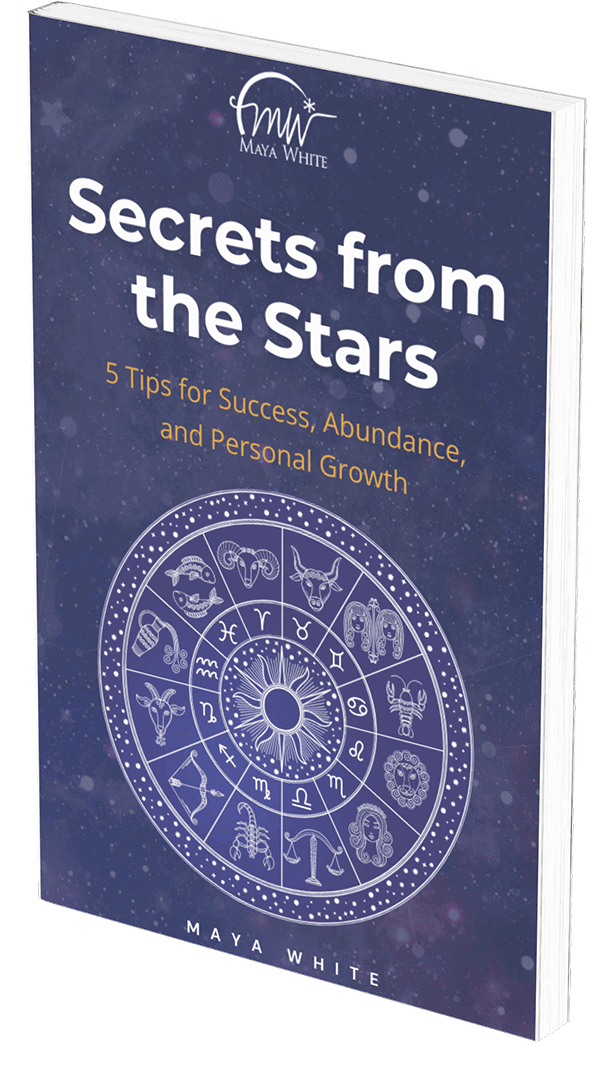There are many different systems of measurement and teachings of astrology. Most of them are based on measured observation of the movement of celestial bodies in relationship to the earth. The two structures most widely used today are Western astrology; and the East Indian system known as Vedic astrology. The Vedic system is renowned for accuracy in prediction of events as well as relationship compatibility.
The two have many similarities, but also some broad differences. Western astrology is oriented to the Sun and its movement through the signs of the zodiac. The Sun, however, has not always been seen as the most powerful celestial being. In ancient Sumer, China, and India, the Sun was viewed as a destructive entity die to its intense heat which scorched the earth and left the land parched and dry. The Moon, on the other hand, was revered as a creative power which brought the cool night air and promoted growth. This quality was important to early farming communities which depended upon reliability in predicting seasonal changes and growing conditions for success of their crops.
Vedic Astrology
Vedic astrology is based on the Moon and its 27 Lunar Mansions known as the Nakshatras. The Nakshatras are a fundamental feature of most lunar based astrological systems, such as Chinese, and of course, Indian. Also, this powerful ruler of the night (named Soma) in Indian astrology and mythology was regarded as a male deity; a god and not a goddess. According to Hindu lore, Soma considers the 27 Lunar Mansions as his resting places as he journeys through the zodiac.
Each Nakshatra spans just over 13º, starting at zero Aries and ending at 30 degrees of Pisces, so they do not exactly follow the 30º sign and house system of Western astrology. They are referred to as the Lunar Mansions because the Moon moves approximately 13.20 per day, and therefore, resides in one Nakshatra per day each month. The Lunar Mansions can also be thought of as centering on one’s birthstar, and is an important factor in determining the characteristics of an individual. Each mansion is centered on a different fixed star in the sky, often, but not always a central part of one of the 12 signs of the Western zodiac.
Other legends personify the mansions as Soma’s amorous wives- one lover for each day of the Moon’s cycle. Several of the Nakshatras have qualities similar to the zodiacal signs they occupy, or to one of the fixed stars contained within that particular sign. A perfect example is the Lunar Mansion named ‘Rohini’; known throughout Indian mythology as Soma’s favorite and most jealous wife.
Rohini, meaning ‘Red Cow’ spans the mid degrees of Taurus the Bull, the most sensual and possessive sign of the zodiac. The zodiacal or actual night sky location of this nakshatra centers on the fixed star Aldebran, the red eye, and brightest of 5 stars which form the head of the bull in the constellation Taurus. So, here, in Taurus, the sign of the Moon’s exaltation and greatest strength, resides his favorite partner, Rohini.
Each Nakshatra has a ruling planet, male or female animal, a symbol, and a primary power. For instance, Rohini is ruled by the Moon, and her animal is a male serpent. Her symbol is a chariot. Rohini is described as * ‘lightly built, soft spoken and popular. She has delicate features and a gentle nature, and most admires honesty and loyalty.’ People born under the influence of this Lunar Mansion are further depicted as ‘witty and intelligent and with excellent persuasive skills. They quickly gain others’ confidence but must take care not to abuse their trust. And, as the most favored wife among 5 jealous sisters (the other stars forming the head of the bull in Taurus) these natives may experience family problems due to being misunderstood sometimes. The romantic and marital life, however, is blissful’.
Both Vedic and Western astrology use the planets and signs; but with a different system of measurement. Western astrology is which is based on a Tropical Zodiac. The Tropical Zodiac is movable because the vernal equinox, which occurs on March 20-21st in the Gregorian calendar, is always considered to be 0° Aries- despite the fact that the actual vernal point has not fallen on that constellation degree for about 1700 years. As of 1950, the sidereal zodiac was 23° behind the tropical zodiac. So, indeed, our system of Western astrological measurement and interpretation is not based on the actual positions of the planets in relationship to the constellations. It still works; perhaps due to an evolution of consciousness and the human quality of synchronicity rather than actual planetary movements. Vedic astrology is based on the Sidereal zodiac, or actual movement of the earth in relationship to stationary stars in the sky. This creates a ‘fixed’ zodiac because the beginning of the astrological year is always the first degree of the actual constellation of Aries.
The difference in degrees between where the vernal equinox point is actually placed is can be easily calculated to arrive at the sidereal positions. Remember, the sidereal zodiac is 23° behind the tropical zodiac. The easiest way to determine the sidereal degree of your Moon or any planet is add 7° to the tropical measurement, and then subtract 30º; or simply go back one sign. For instance, if your Moon is at 20º Libra, to find the degree of your Moon in the Vedic system- add 7 to 20, which equals 27° Libra, and then count back one sign- to Virgo. The Vedic sidereal position of the Moon by sign and degree would be 27° Virgo; and the Nakshatra is Chittra- a female tiger ruled by Mars.
Researching your personal Moon Nakshatra, will take some time, but is worth the effort. First, you need to have the Tropical degree of your Moon. (You can do this with all the planets, but start with the Moon.) If you do not know, there are several free web sites to get this information. I recommend www.astrodeinst.com as a reliable and professional source. Remember the rule: take the degree of your natal Moon; add 7º; and then go back one sign. Next, we rely again on the internet or a book for interpretation of your nakshatra. See the sources listed below. I guarantee this will be a thought provoking exercise, and here is my toast to a wiser and more insightful you!
* www.vedicpredictions.com (for Rohini’s characteristics listed above)
other good sources: www.dirah.org; www.komilla.com
‘ The Nakshatras- the Lunar Mansions of Vedic Astrology’ by Dennis Harness, PhD
© Maya White/White Star Astrology/ 2009



